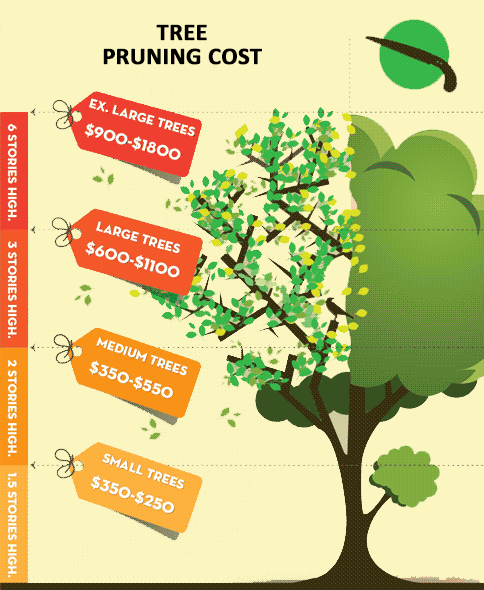The Ecological Impacts Of Lowering Trees: Trick Insights You Need To Think About
The Ecological Impacts Of Lowering Trees: Trick Insights You Need To Think About
Blog Article
Post Created By-Willard Walker
When it involves the environmental effect of tree removal, there are vital elements that require your interest. From the intricate web of relationships within ecosystems to the succeeding effects on climate patterns, the repercussions are profound. You may be surprised to uncover the elaborate methods which the removal of trees can reverberate throughout the setting. Stay tuned to untangle the intricate connections and implications of this apparently uncomplicated act.
Logging and Environment Loss
Logging and environment loss are vital problems stemming from tree elimination. When trees are reduced, it interferes with entire environments. Not only are the trees themselves lost, yet the homes and food resources of numerous plant and animal varieties are ruined also. Birds shed their nesting sites, mammals shed their sanctuary, and pests shed their environments. The impacts ripple through the food cycle, influencing killers and victim alike.
In addition, deforestation contributes to climate change. Trees play a crucial duty in absorbing co2, a greenhouse gas that traps warmth in the environment. With less trees, there's less co2 absorption, bring about enhanced levels of this gas in the ambience and aggravating global warming.
Precisiontimberfelling
Habitat loss is a direct outcome of logging, as the destruction of forests means the loss of special and varied ecological communities. Lots of varieties are not able to adapt to fast modifications in their atmosphere, causing populace decreases and, sometimes, extinction.
Protecting woodlands is essential to preserving the fragile equilibrium of nature and guaranteeing the survival of many plant and pet species.
Influence on Biodiversity
The elimination of trees has a considerable influence on biodiversity, impacting the range and wealth of plant and animal varieties in an area. Trees offer habitat and food sources for numerous organisms, from insects to birds to animals. When trees are gotten rid of, these varieties lose their homes and resources of nutrition, resulting in a decline in their populaces. This disruption can have cascading results on the entire environment.
Furthermore, trees play a critical duty in preserving biodiversity by producing microhabitats within their canopies, trunks, and origins that sustain a large range of varieties. When trees are cut down, these specialized environments are destroyed, minimizing the overall variety of the location.
Additionally, https://www.rentonreporter.com/news/man-pinned-under-a-tree-after-it-falls-into-an-apartment/ of trees can cause a decrease in hereditary diversity within plant populations, as certain tree varieties may no more have the ability to reproduce or disperse efficiently. Protecting trees and woodlands is vital for maintaining biodiversity and making sure the wellness of communities for future generations.
Soil Disintegration and Climate Modification
With trees being removed from an area, the interruption of dirt structure and stability occurs, leading to increased soil disintegration. Trees play a crucial role in protecting against erosion by holding dirt in position with their origin systems. When trees are eliminated, especially in great deals, the dirt becomes a lot more at risk to erosion from wind and water. This disintegration not only influences the instant surroundings however can additionally lead to sedimentation in neighboring water bodies, influencing water high quality and aquatic ecological communities.
In addition, trees assist control the climate by absorbing co2 throughout photosynthesis. When trees are lowered, this natural carbon sink is reduced, contributing to raised degrees of greenhouse gases in the ambience. This can worsen climate modification, causing even more severe weather events and interruptions in environments worldwide.
As a result, the removal of trees not only increases dirt disintegration yet also plays a role in the larger ecological concern of climate change. It's vital to consider these elements when analyzing the impacts of tree removal on the setting.
Conclusion
Since you understand the environmental effect of tree removal, think about the effects before cutting down trees. Logging interrupts ecosystems, minimizes biodiversity, and contributes to soil disintegration and climate modification. By bearing in mind the impact of tree elimination, you can aid secure our setting and protect the delicate equilibrium of nature. Make informed options and think about alternative remedies to decrease the adverse results on our earth.
